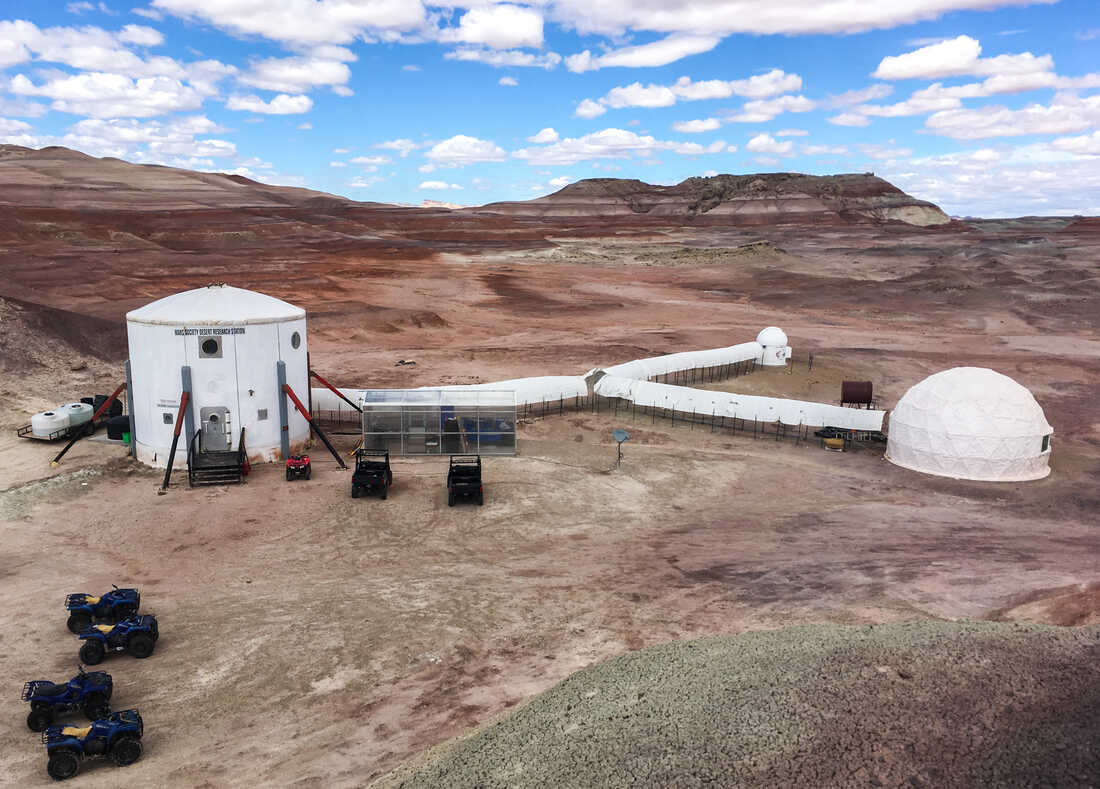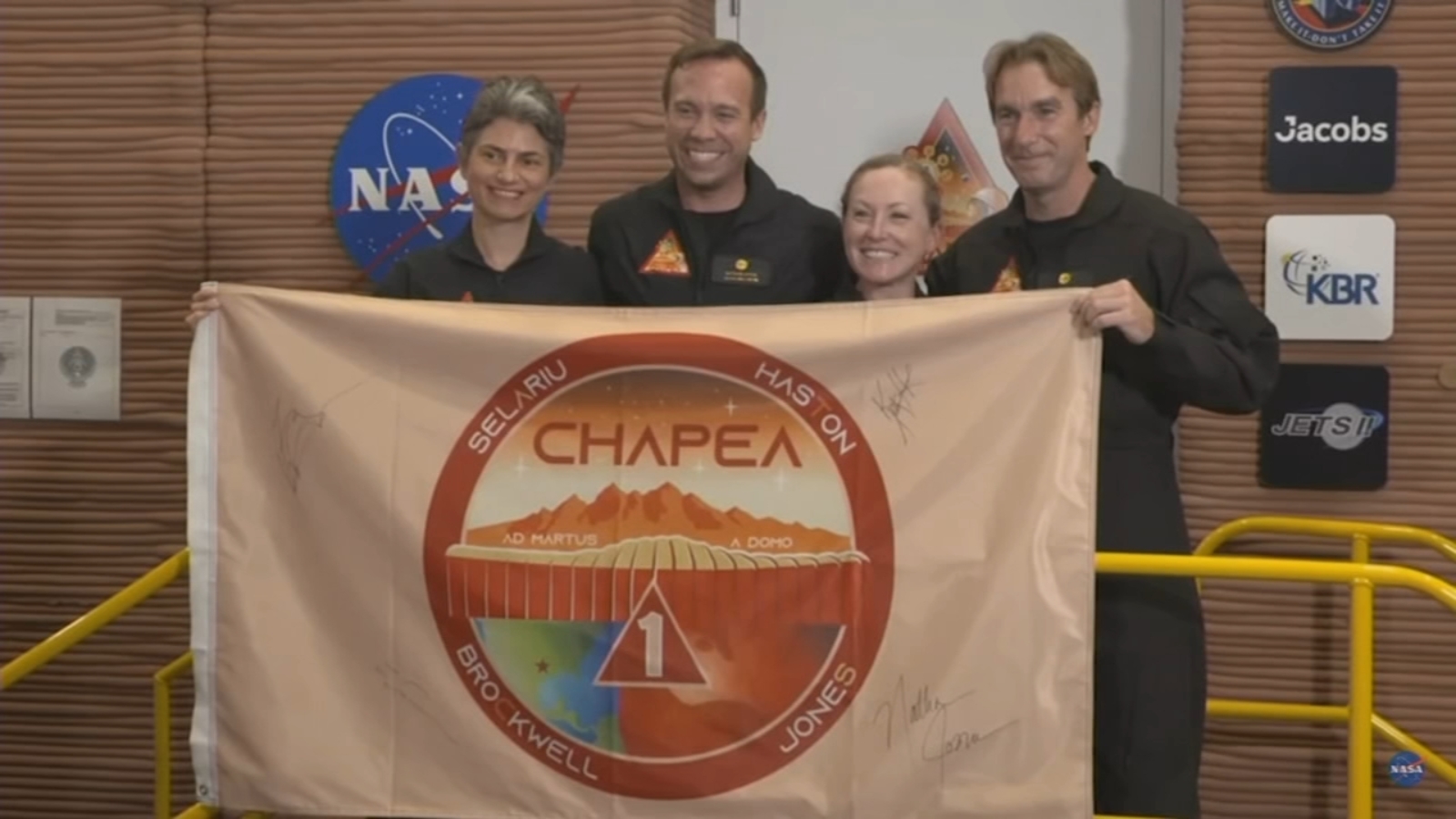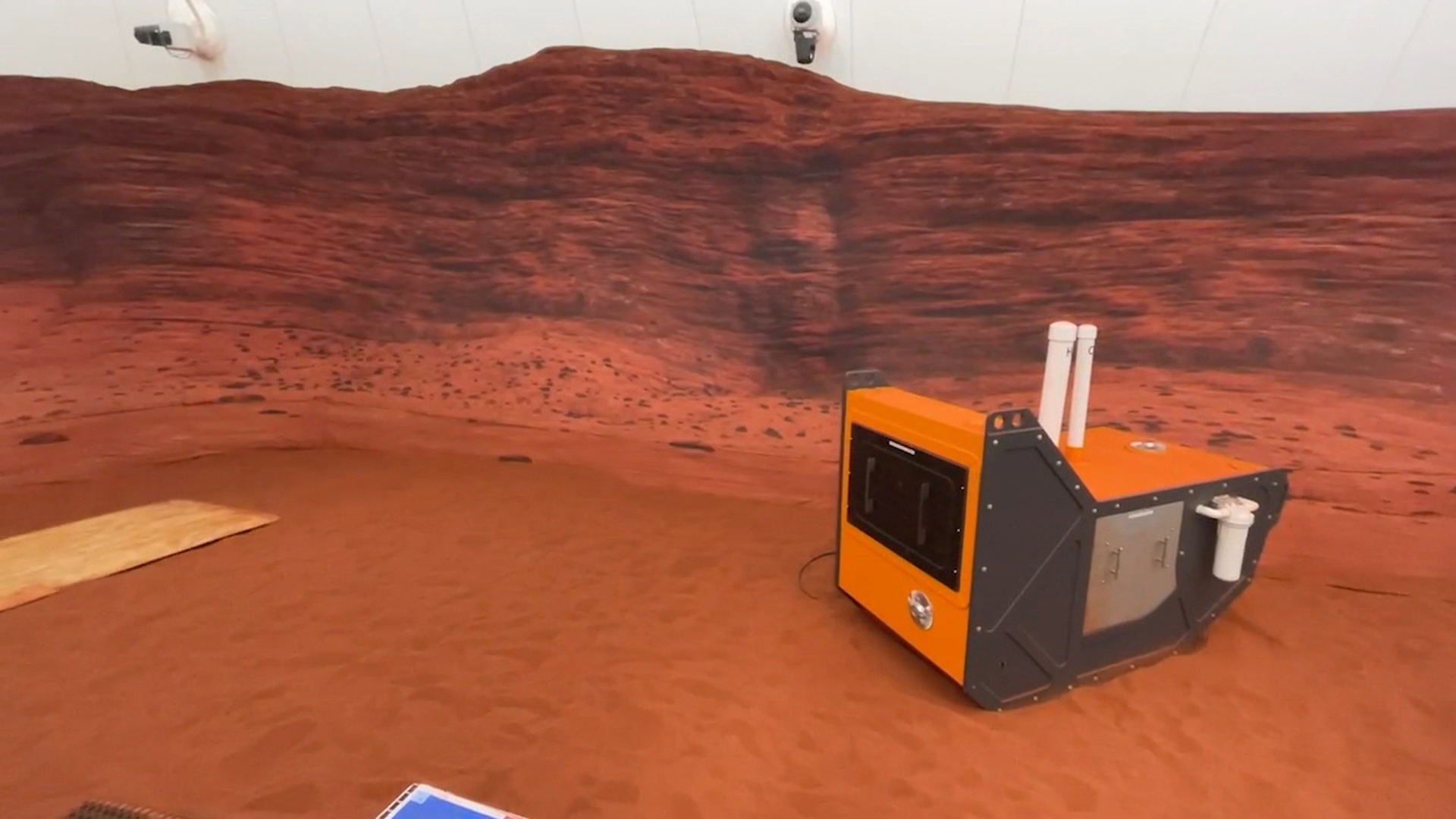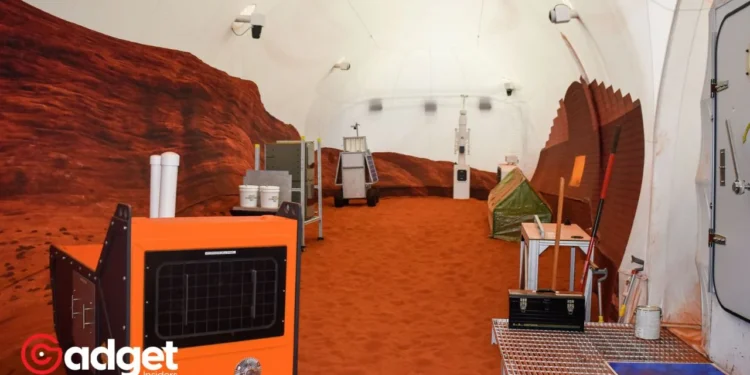In a bold move that blurs the lines between science fiction and reality, NASA has thrown open its doors, inviting adventurous souls to step into the shoes of astronauts for a year-long Mars surface simulation. This immersive experience, part of NASA’s Crew Health and Performance Exploration Analog (CHAPEA) initiative, isn’t just a test of endurance and ingenuity; it’s a cornerstone in humanity’s march toward the Red Planet.

NASA’s Vision: A Martian Odyssey Begins on Earth
Tucked away within the confines of NASA’s Johnson Space Center in Houston lies the Mars Dune Alpha, a 1,700-square-foot habitat that’s more than just a structure; it’s a crucible where the mettle of future Martians will be tested.
Here, in this meticulously designed environment, the essence of the Martian surface—with its daunting challenges and untapped mysteries—will be simulated to an unprecedented degree.
The CHAPEA mission is no small feat. It’s the second in a trio of ground-based missions meticulously planned to forge the path for human exploration of Mars.
Slated to kick off in the spring of 2025, this initiative seeks to unravel the complexities of long-duration space travel, focusing on crew health, performance, and the myriad challenges posed by a harsh, alien environment.

Who Can Embark on This Journey?
The call to join this extraordinary mission is open to U.S. citizens or permanent residents who are healthy, motivated, and between the ages of 30 and 55. Prospective candidates should be fluent in English to ensure seamless communication within the crew and with mission control.
More than just a physical or technical challenge, this mission calls for individuals with a spirit of adventure and a genuine interest in laying the groundwork for the first human footsteps on Martian soil.
NASA is looking for volunteers to live in its Mars simulation for a year https://t.co/qKOk1BT5HU pic.twitter.com/BW3nDcQcHY
— Engadget (@engadget) February 17, 2024
The eligibility criteria are stringent and reflective of the mission’s high stakes. Applicants are expected to hold a master’s degree in a STEM field, bolstered by professional experience or significant piloting hours.
Yet, the net is cast wider to include those with diverse academic and professional backgrounds, ensuring a crew that’s not only scientifically proficient but also adaptable and resilient.
A Gateway to the Red Planet
NASA’s CHAPEA mission transcends the immediate goals of simulating life on Mars. It’s a vital piece of a larger puzzle, aiming to secure humanity’s future among the stars. This endeavor is more than preparation for a Mars landing; it’s about understanding how to sustain life and conduct scientific research under extraterrestrial conditions.
It’s a prelude to the Artemis campaign’s ambitious goals, which include returning humans to the moon and setting the stage for the first woman and person of color to explore its surface. As the selection process unfolds, with an application deadline of April 2, the anticipation within the scientific community and beyond is palpable.
This mission offers a unique blend of adventure, science, and the opportunity to contribute to a legacy that will span generations. For those selected, compensation is a mere footnote in an adventure of a lifetime, the details of which NASA promises to disclose as the process advances.

In the grand tapestry of human space exploration, the CHAPEA mission is a bold stroke, bringing us one step closer to our Martian dreams. It stands as a testament to our unyielding curiosity and our relentless pursuit of knowledge.
For those daring to dream of Mars, NASA’s simulation offers a glimpse into the future—a future where the red dust of Mars is a signpost, not of a barren wasteland, but of a new frontier for human exploration and discovery.










